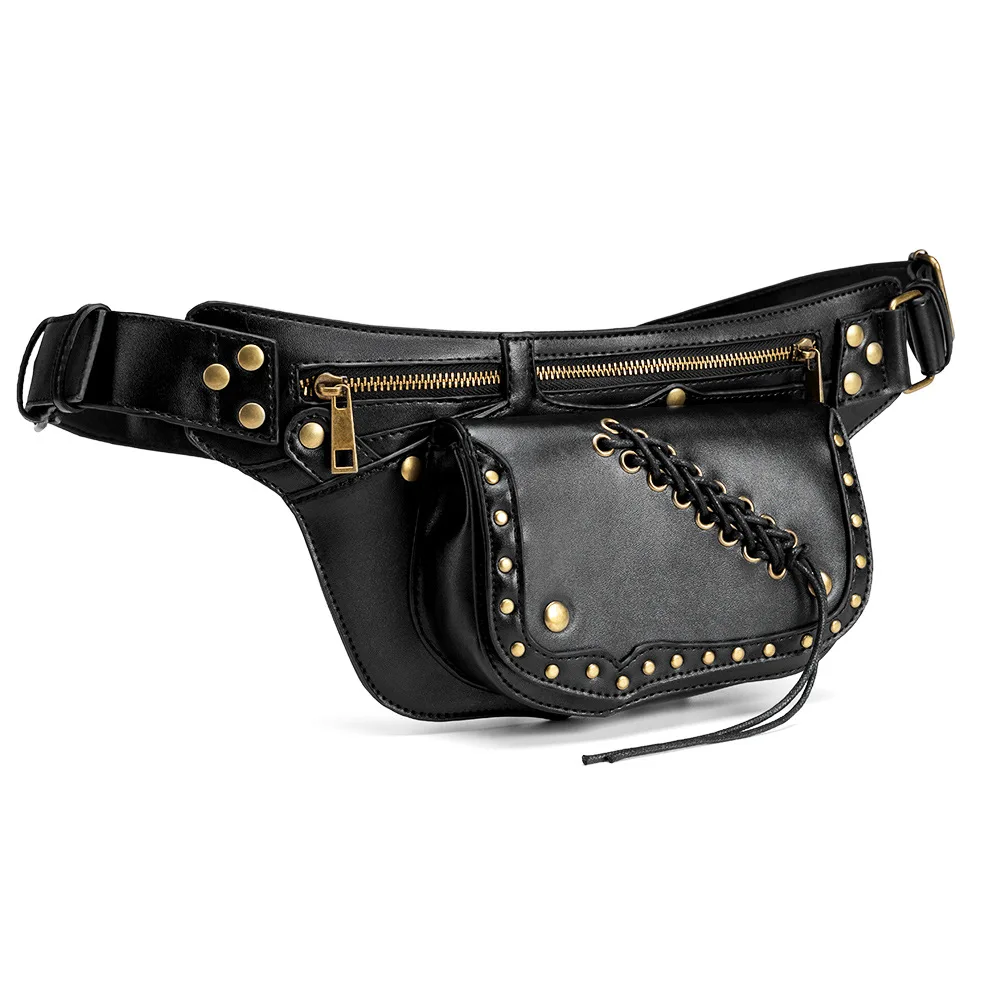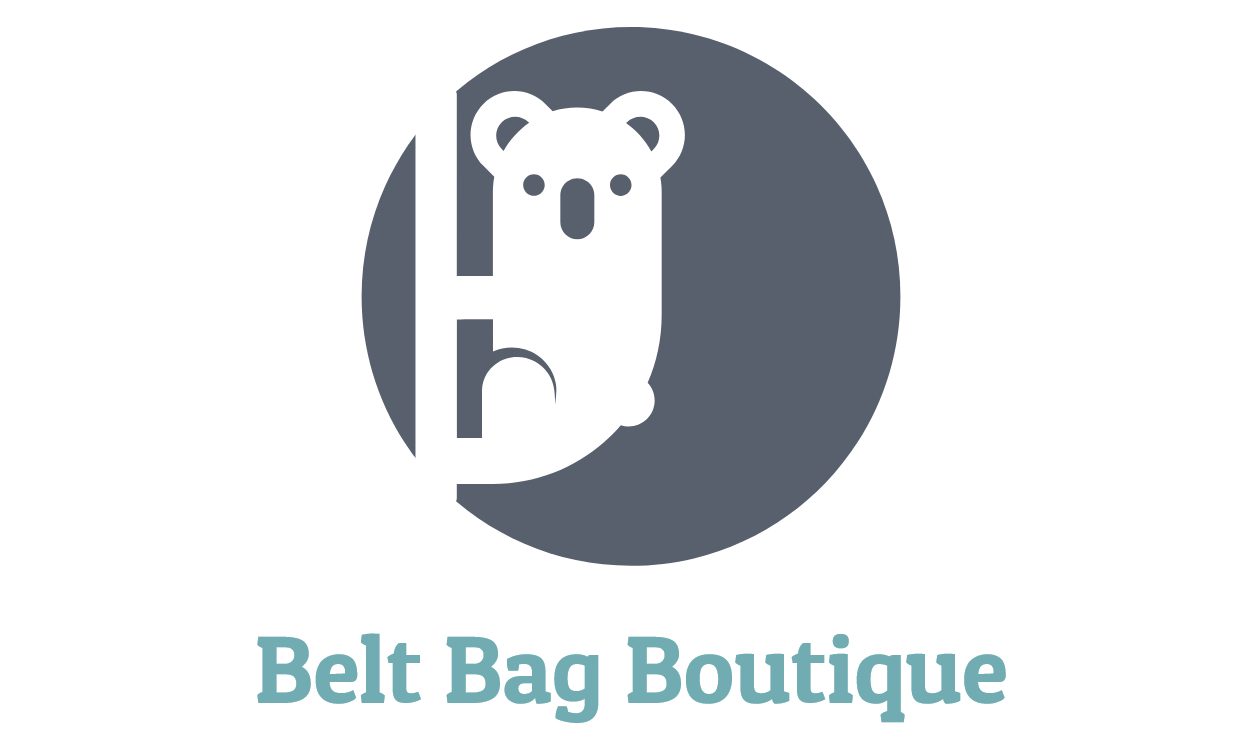
Introduction
Belt bags, also known as waist bags or fanny packs, have undergone a fascinating evolution, transitioning from utilitarian items to fashion-forward accessories. Let’s delve into the extensive history and evolution of these versatile bags.
Early Utility and Practicality
The concept of belt bags can be traced back centuries, with ancient civilizations using small pouches attached to belts for carrying essentials. In medieval times, men and women wore belt bags to carry coins, herbs, or other necessities. These early iterations were primarily functional, offering convenience and accessibility.
Industrial Revolution and Functional Adaptations
The Industrial Revolution brought advancements in manufacturing and materials, influencing the evolution of belt bags. Sturdier fabrics and leather became common, and belt bags gained popularity among travelers, hunters, and laborers who needed hands-free access to tools or supplies.
Fashion Emergence: 20th Century
The 20th century witnessed a shift in belt bags’ perception from purely utilitarian to fashionable. In the 1920s, belt bags became stylish accessories worn by fashion-conscious individuals. However, they remained more of a niche item until the 1980s, when they experienced a surge in popularity as iconic fashion pieces.
1980s Fashion Craze and Cultural Influence
The 1980s marked a turning point for belt bags. They became a fashion craze, especially in Western countries. Celebrities and trendsetters embraced them, and their practicality for carrying small items made them popular among tourists and outdoor enthusiasts.
1990s Decline and Subsequent Revival
By the late 1990s, belt bags had somewhat fallen out of fashion, associated with a dated aesthetic. However, in the early 2000s, they made a comeback, with fashion houses reintroducing redesigned versions. This revival, blending nostalgia with modern aesthetics, contributed to their renewed popularity.
Contemporary Style and Functional Evolution
In recent years, belt bags have undergone a significant transformation. Fashion designers and brands have reimagined them, offering sleeker, more sophisticated designs suitable for various occasions. From sporty designs to high-end luxury versions, belt bags now cater to diverse tastes and lifestyles.
Fashion Meets Functionality: Present-Day Trends
The modern belt bag is more than a functional accessory; it’s a fashion statement. It comes in a myriad of materials, from leather to nylon, and in various sizes and shapes, appealing to a broad spectrum of consumers. The bags often feature multiple compartments, adjustable straps, and innovative closures for added convenience.
Future Innovations and Sustainability
Looking ahead, belt bags are likely to continue evolving with technological advancements and sustainability initiatives. Integration of smart features, like RFID-blocking technology or built-in chargers, might become commonplace. Additionally, the industry’s focus on sustainability might lead to more eco-friendly materials and production methods.
Conclusion
The journey of belt bags from their humble utilitarian origins to contemporary fashion accessories signifies their adaptability and enduring appeal. Their evolution mirrors changing cultural perceptions and design innovations. As fashion trends evolve, belt bags will continue to captivate consumers, blending practicality with style and versatility in an ever-evolving fashion landscape.
